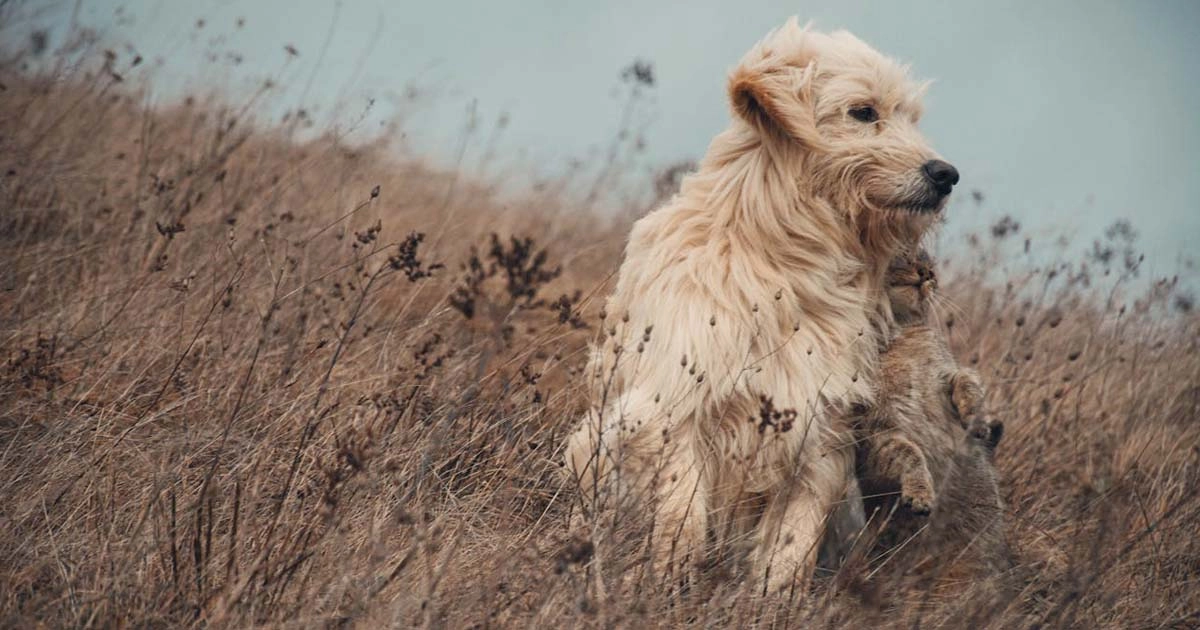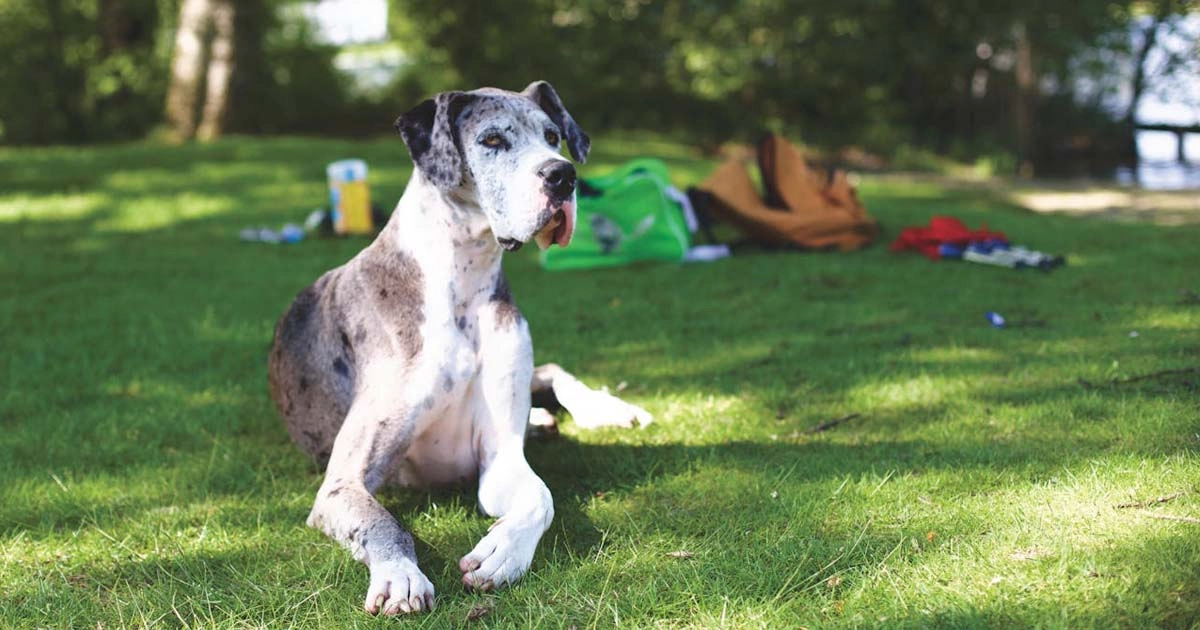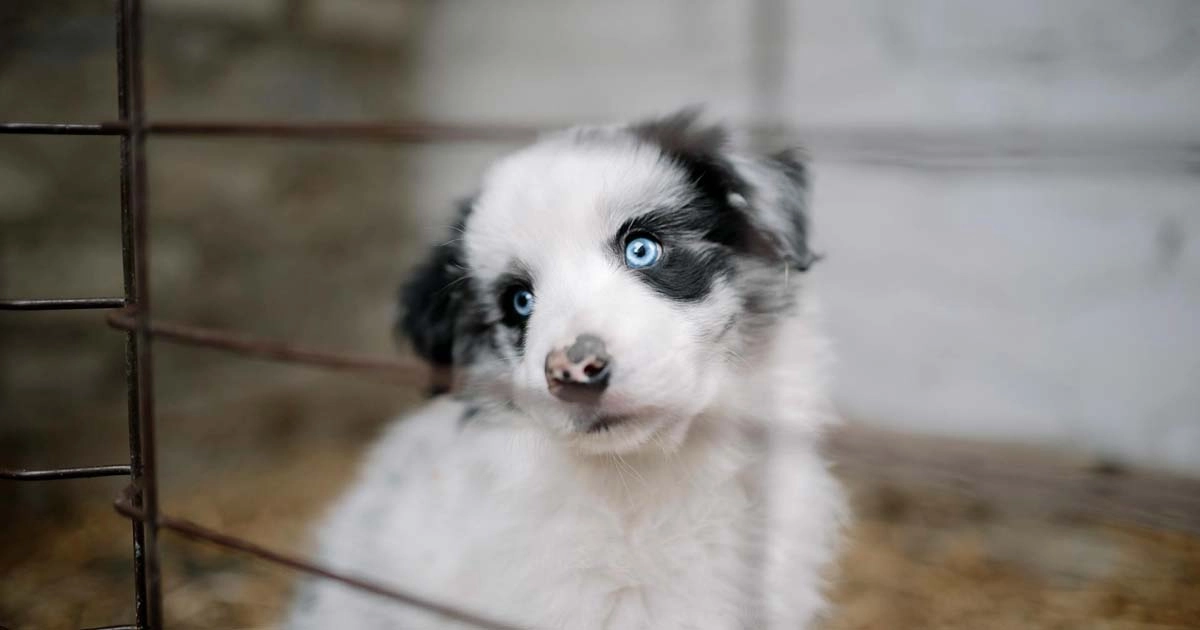Understanding fleas and other common bugs on dogs

Dog
10/07/2024

The health and well-being of our beloved dogs is of primary importance to us at MyBestie. Fleas and pests, in general, can pose a serious threat, causing discomfort and health problems. In this article, we'll take a detailed look at fleas, ticks, mites, and lice that can affect dogs, and how to prevent and treat them. With the right knowledge and care, we can ensure that our four-legged friends stay healthy and happy.
Table of contents
Flea identification
Fleas are small, wingless insects that are typically brownish-black in color. They have flat bodies and strong hind legs adapted for jumping. Fleas feed on the blood of mammals and birds, making dogs a prime target.
Flea lifecycle
The flea lifecycle includes four stages: egg, larva, pupa, and adult. Adult fleas lay eggs on the host animal, which then fall off into the environment. Eggs hatch into larvae, which feed on organic debris before spinning cocoons and becoming pupae. Adults emerge from pupae when they sense a potential host nearby.
Flea infestation symptoms
- Persistent scratching and biting at the skin.
- Visible fleas or flea dirt (black specks that are flea feces) on the dog’s skin.
- Hair loss, particularly around the base of the tail.
- Red, inflamed skin or secondary skin infections.
Health risks (fleas)
- Flea Allergy Dermatitis (FAD): Allergic reaction to flea saliva causing severe itching and skin irritation.
- Anemia: Severe infestations, especially in puppies or small dogs, can lead to significant blood loss.
- Tapeworms: Fleas can carry tapeworm larvae, which dogs can ingest while grooming.
Prevention and treatment (fleas)
- Topical Treatments: Monthly spot-on treatments (e.g., fipronil, imidacloprid).
- Oral Medications: Pills or chewables (e.g., spinosad, fluralaner) that kill fleas.
- Environmental Control: Regular vacuuming, washing bedding, and using flea sprays or powders in the home.
- Natural Remedies: Diatomaceous earth, essential oils (with caution), and nematodes for yard treatment.
Tick identification
Ticks are arachnids, meaning they have eight legs. They vary in size and color depending on species and life stage but are generally visible to the naked eye. Ticks attach themselves to the host to feed on blood.
Tick lifecycle
Ticks undergo four stages: egg, larva, nymph, and adult. They require a blood meal at each stage after the egg to progress to the next.
Tick infestation symptoms
- Visible ticks attached to the dog’s skin.
- Small bumps or scabs at the attachment site.
- Weakness, lethargy, or signs of illness due to tick-borne diseases.
Tick health risks
- Lyme Disease: Caused by Borrelia bacteria transmitted through tick bites.
- Ehrlichiosis and Anaplasmosis: Bacterial infections affecting white blood cells.
- Rocky Mountain Spotted Fever: Caused by Rickettsia bacteria.
Prevention and treatment (ticks)
- Tick Preventatives: Topical treatments, tick collars, and oral medications.
- Tick Checks: Regularly checking and promptly removing ticks.
- Environmental Control: Keep grass short and use tick control products in the yard.
Mites identification
Mites are microscopic arthropods that can infest a dog’s skin or ears. Common types include Sarcoptes (scabies), Demodex (demodectic mange), and Otodectes (ear mites).
Mite infestation symptoms
- Intense itching, scratching, and skin irritation.
- Hair loss and crusty, red skin (especially with scabies).
- Dark discharge from the ears and head shaking (ear mites).
Mite health risks
- Secondary skin infections due to scratching.
- Severe discomfort and skin damage.
Prevention and treatment (mites)
- Topical Treatments: Medicated shampoos, dips, and spot-on treatments.
- Oral Medications: Prescription medications to kill mites.
- Veterinary Care: Diagnosis and specific treatment plans.
Lice identification
Lice are small, wingless insects visible to the naked eye. They are species-specific; dog lice will not infest humans. Lice are either biting or sucking types, depending on the species.
Symptoms of infestation (lice)
- Intense itching and scratching.
- Visible lice or nits (eggs) on the dog’s hair.
- Matted fur and hair loss.
Lice health risks
- Anemia in severe infestations (sucking lice).
- Skin irritation and secondary infections.
Prevention and treatment (lice)
- Topical Treatments: Insecticidal shampoos, spot-on treatments.
- Environmental Control: Washing bedding and thorough cleaning.
- Veterinary Care: Specific treatment recommendations.
General prevention tips for lice
- Regular Grooming: Regular brushing and bathing help spot and remove parasites early.
- Routine Veterinary Check-ups: Regular vet visits ensure early detection and treatment of infestations.
- Environmental Management: Maintain a clean living environment, vacuum frequently, and wash pet bedding regularly.
- Proper Nutrition: A healthy diet supports a strong immune system, making dogs less attractive to parasites.
Natural repellents for lice
Use pet-safe essential oils or natural repellents, but always consult a vet first.
Conclusion on parasites in dogs
Maintaining a proactive approach to parasite prevention and treatment is crucial for your dog’s health and comfort. Regular grooming, veterinary care, and appropriate use of preventatives can keep your dog free from fleas, ticks, mites, and lice. If you suspect an infestation, consult your veterinarian promptly for diagnosis and tailored treatment options.











